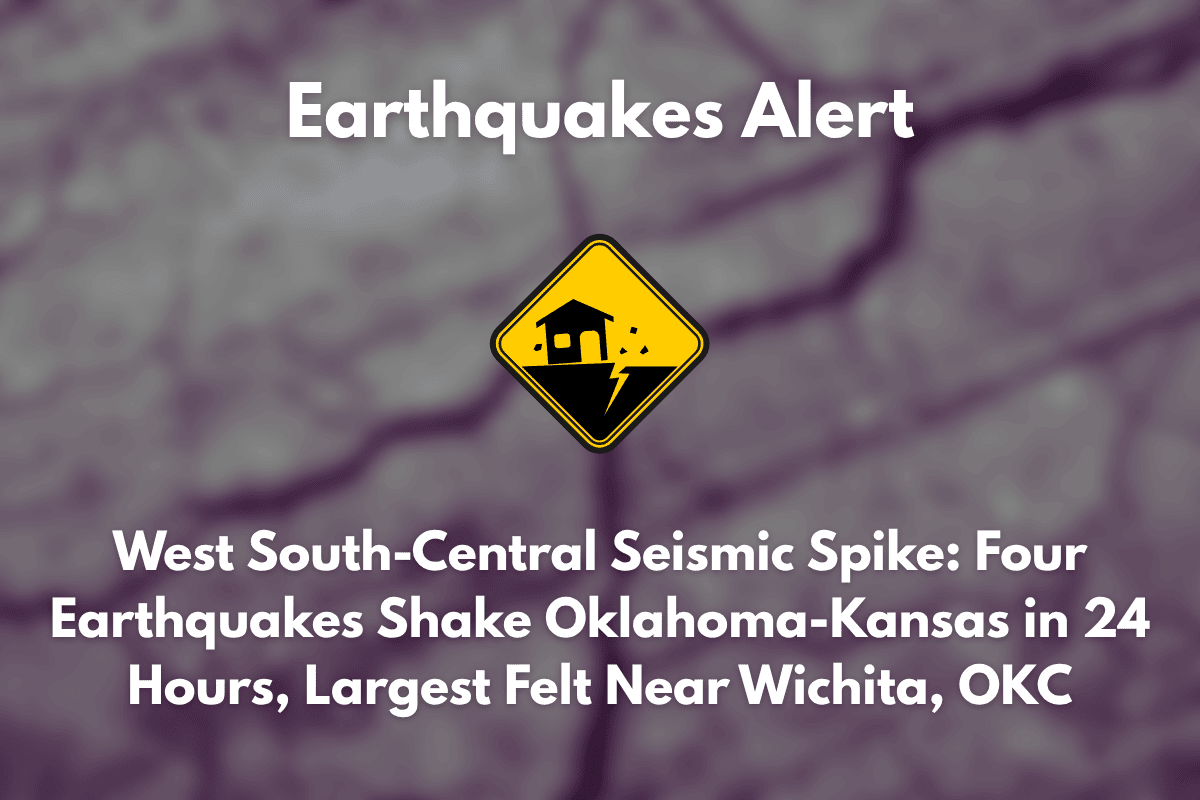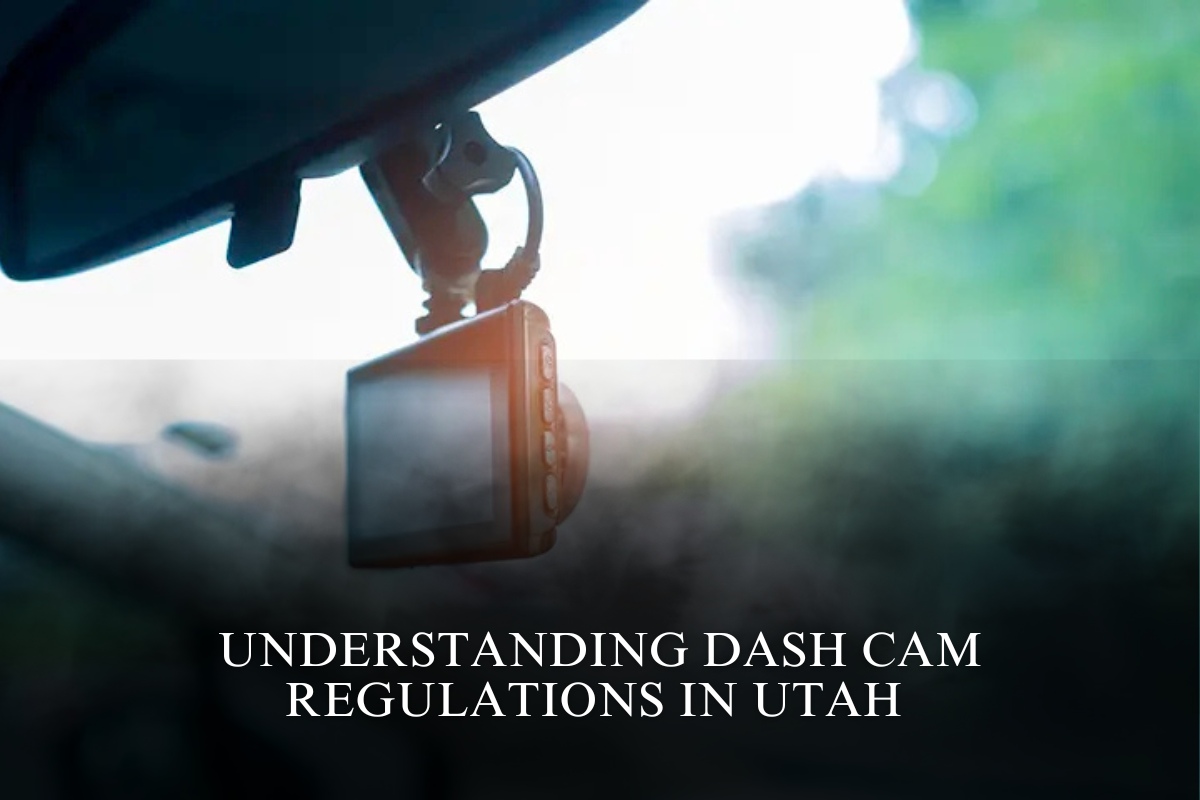Oklahoma and Kansas experienced a notable seismic event over the past 24 hours, as four earthquakes struck the region, with the strongest being a 3.4 magnitude earthquake near the Kansas-Oklahoma border. The quake was felt by residents in nearby cities, including Wichita and Oklahoma City, adding to an uptick in seismic activity in the area.
Details of the Earthquake Activity
The largest quake, measuring 3.4 magnitude, occurred in northern Oklahoma near Braman, at approximately 10:13 PM. The earthquake had a shallow depth of 7.8 km and was felt across a wide area, including Wichita and Oklahoma City.
This tremor came after two earlier quakes in Oklahoma: a 2.5 magnitude earthquake occurred south of Bradley around 8:20 p.m. Wednesday, adding to the unusual spike in regional seismic activity.
Earlier in the day, two earthquakes struck Kansas. The first, a 2.5 magnitude quake, hit southwest of Gypsum just before 4 a.m. The second, a 3.4 magnitude earthquake, occurred northwest of Woodston at 4:18 p.m. Both of these earthquakes were felt locally but caused no reported damage.
Impact and Safety Precautions
While no significant damage was reported from any of the quakes, residents in the affected areas are being advised to take safety precautions.
These include checking the foundation of homes, securing heavy furniture, and reviewing earthquake safety plans. The Oklahoma Geological Survey is actively monitoring the region for any aftershocks that might follow the recent tremors.
Possible Causes and Ongoing Concerns
The increase in seismic activity in the Oklahoma-Kansas region is often linked to deep wastewater injection wells, which have been known to induce earthquakes in certain areas. While seismic activity in the region has fluctuated in recent years, the continued threat of earthquakes remains a concern for both residents and infrastructure.
Over the past 24 hours, four earthquakes have rattled Oklahoma and Kansas, with the largest tremor felt near Wichita and Oklahoma City.
Although no significant damage was reported, residents are encouraged to take safety measures and stay informed as the Oklahoma Geological Survey continues to monitor the situation for potential aftershocks. The seismic spike serves as a reminder of the ongoing earthquake risk in the region.












